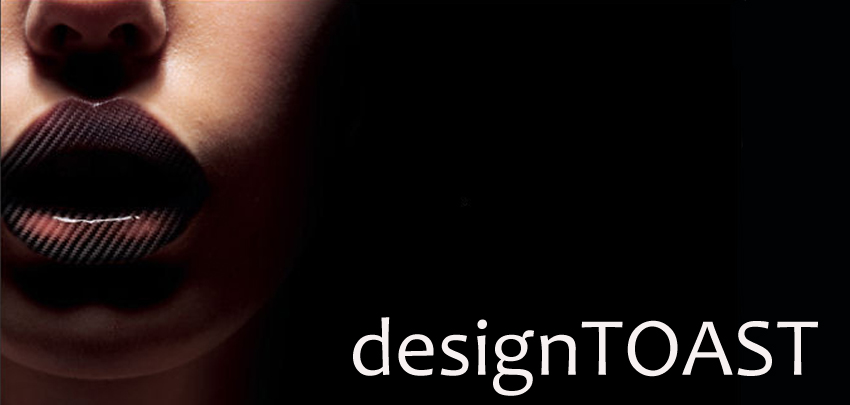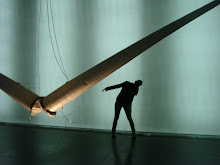Light Writing is an emerging form of stop motion animation where in still images captured using the technique known as light painting or light drawing are put in sequence there by creating the optical illusion of movement for the viewer.
By sequencing stills taken with 4-30 second exposure as lights are moved in and through the frame this effect creates the optical illusion that the light is moving - the stills can be taken with a digital camera or film camera.
Zooms, pans, tilts, and most other motion camera techniques can be applied with standard stop motion approaches. The most common technique is to capture multiple second exposures of light moving from one point to another in the frame. As the sequence is built the beginning and ending points of the lights motion can be moved along a given path. When the pictures are put in sequence the light seems to move with classic stop motion jitter. Most commonly, all of the work is done in camera at practical (real world, not a studio) locations.
Though the technique was employed almost one hundred years ago by Pablo Picasso it has only recently been used for main stream advertisements. Awareness of light writing was raised when Sprint Nextel unveiled an ad campaign featuring the effect in the summer of 2007.
Some of the main interpreters of Light Writing, at the moment, are the members of LICHTFAKTOR. They take advantage of a variety of light sources to produce photos and videos in cities by night. The Cologne artists’ collective, consisting of VJ $ehvermögen (photographer and VJ since 1997 with many years of experience in the event field), JIAR (communications designer and graffiti artist) and the newest member Jens Heinen, experiments with the possibilities yielded by bulb (long-term) exposure and painting. Their aim is to explore all aspects of Light Writing and to develop it further.
The LICHTFAKTOR crew intentionally uses the entire space in which a particular work is produced and integrates it into their photos and animated films in such a way that it’s not just a backdrop but a part of the work itself.“To get the best results you need a tripod”, they explain. “The exposure should be around 10-30 seconds or longer if needed. Stay in front of the camera and do your writing. To not overexpose set the camera to about iso100, and close your aperture as much as possible. If there is still too much light, you might have to use a nd-filter. It is always nice to integrate the surrounding into your picture”. .
See more pictures at www.lichtfaktor.eu and www.flickr.com/photos/lichtfaktor
























No hay comentarios:
Publicar un comentario